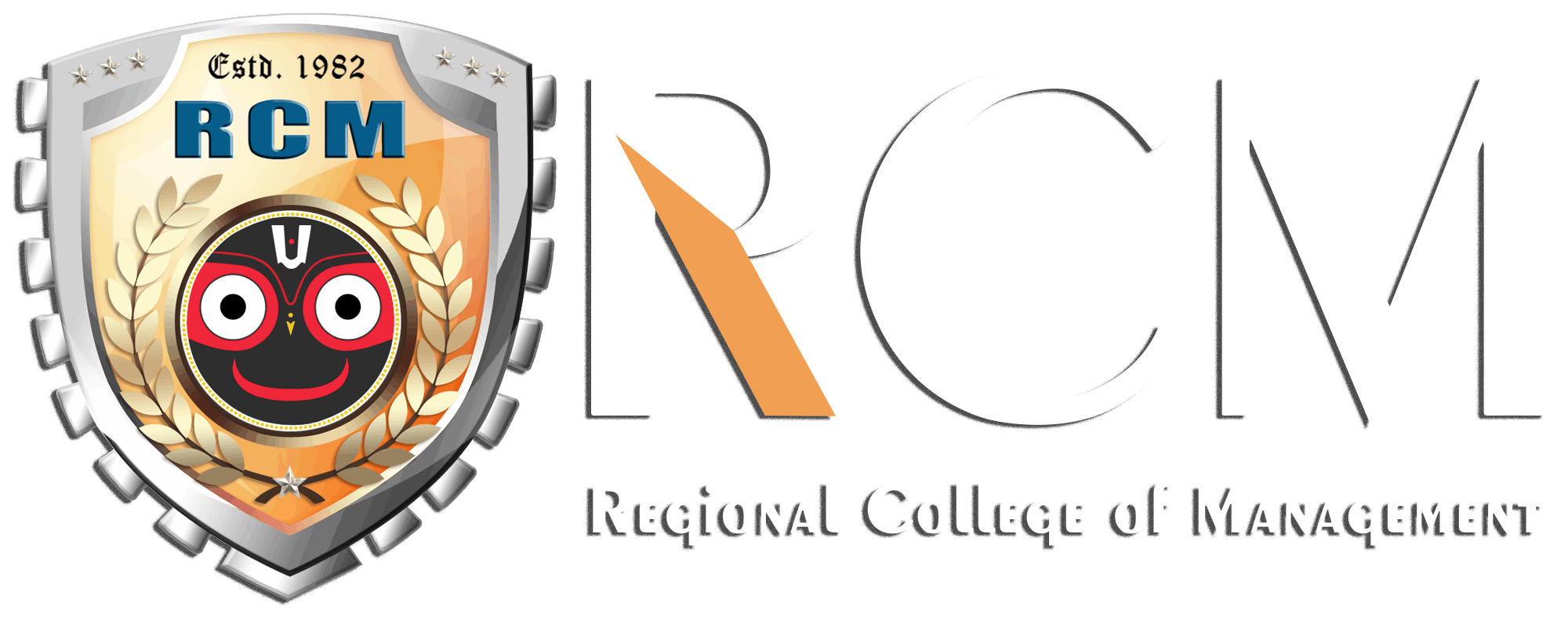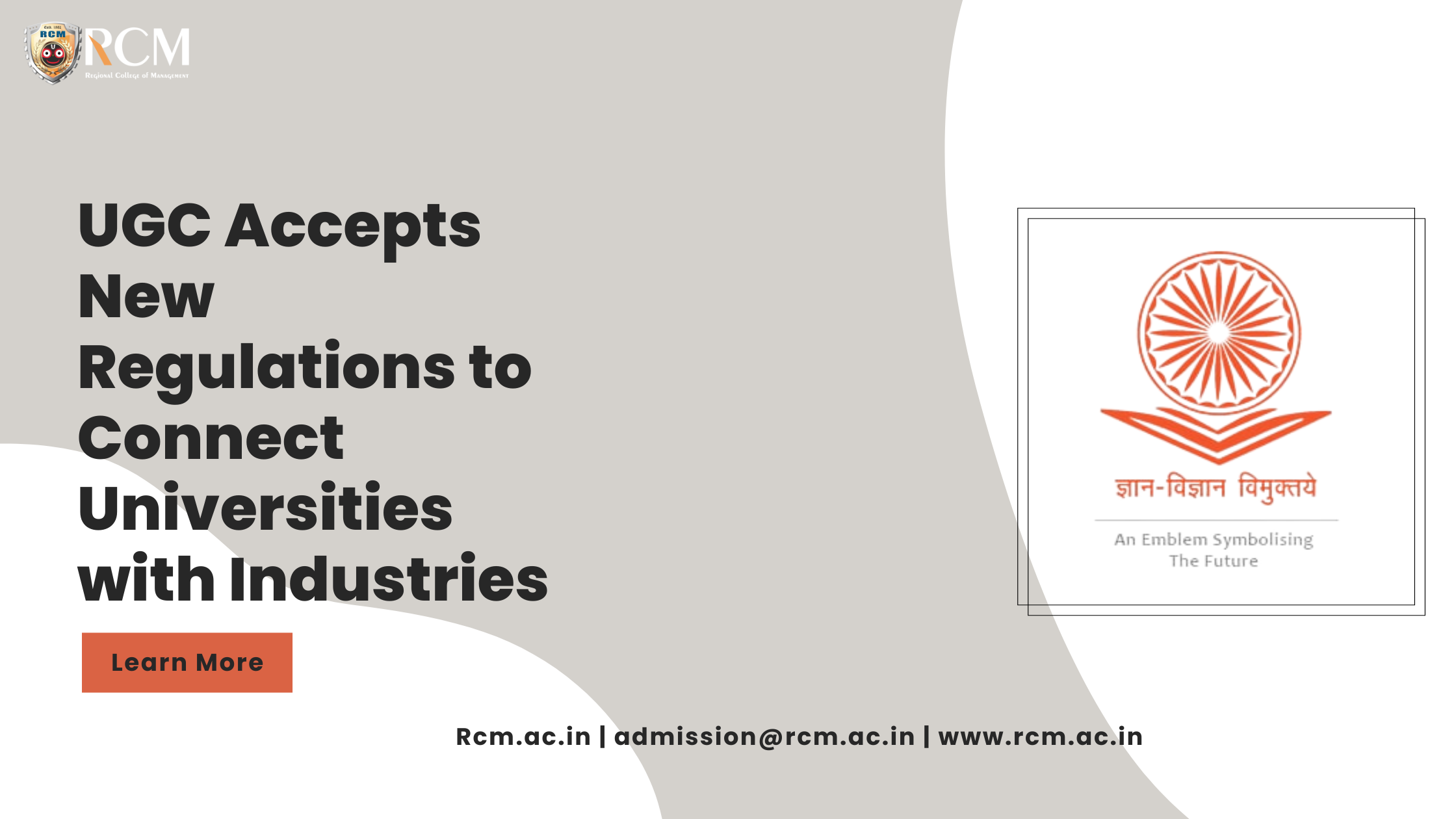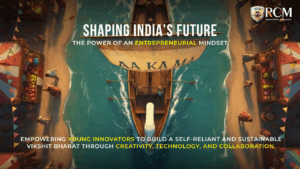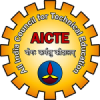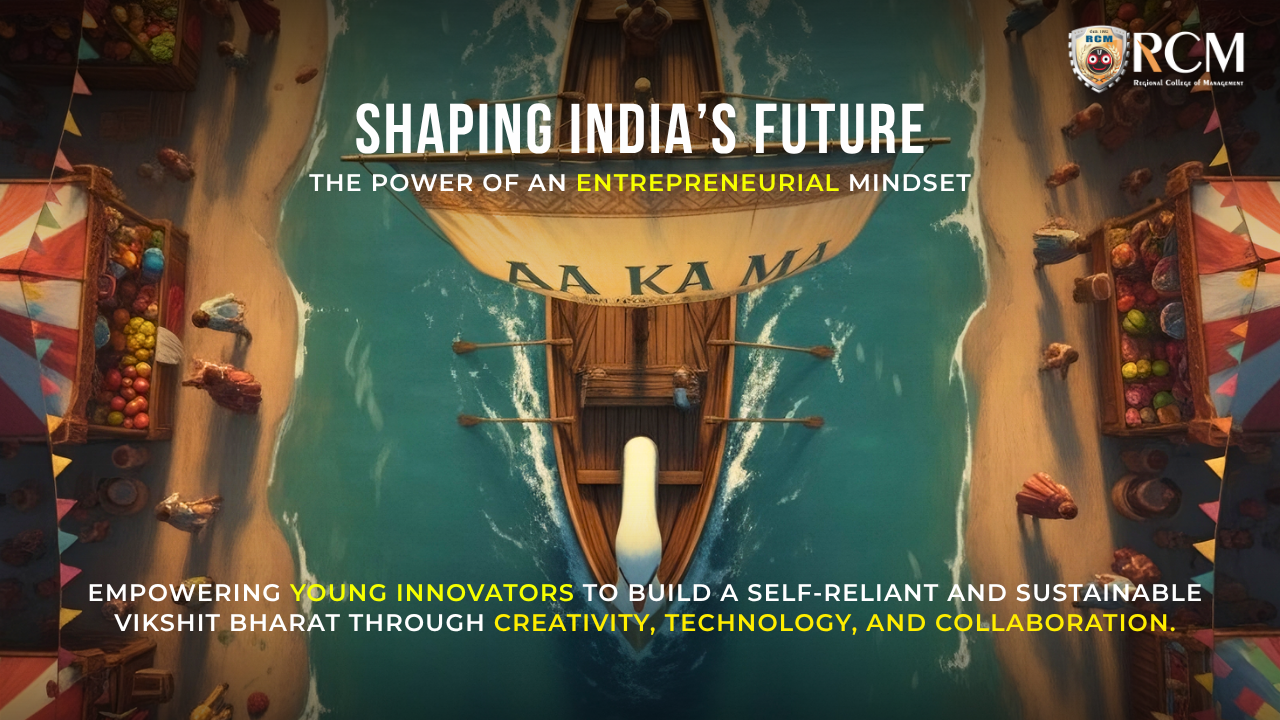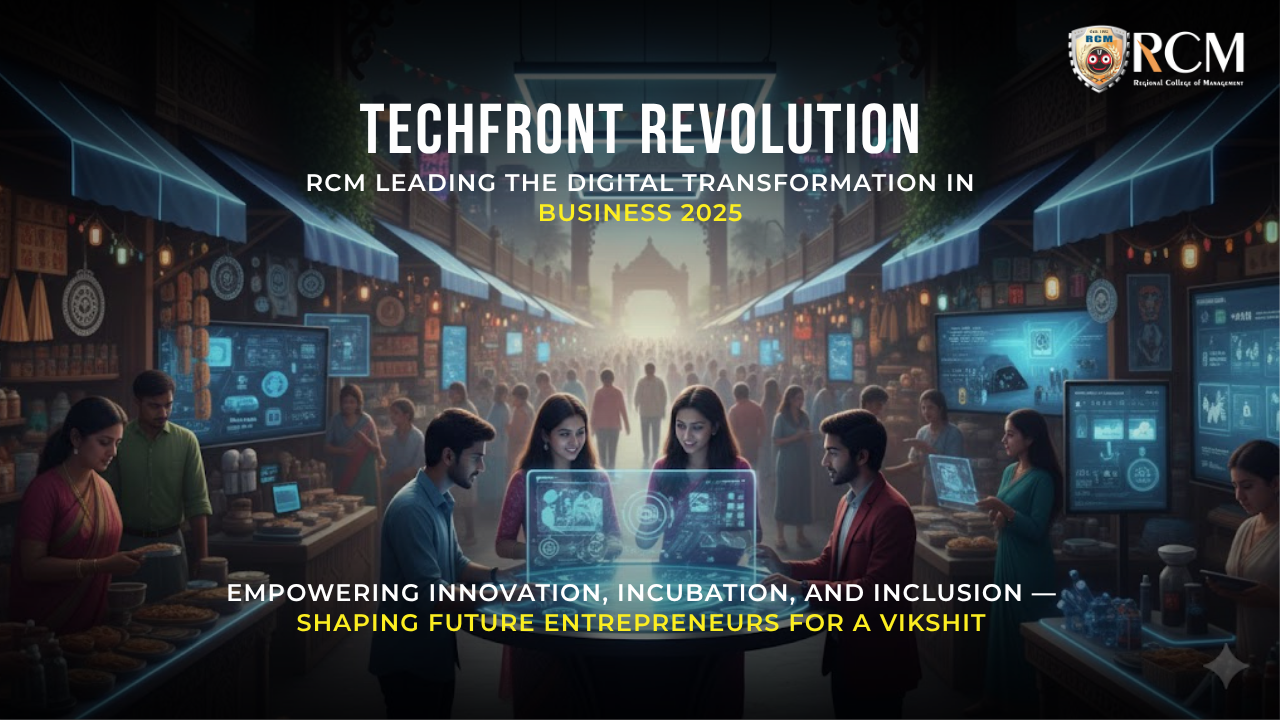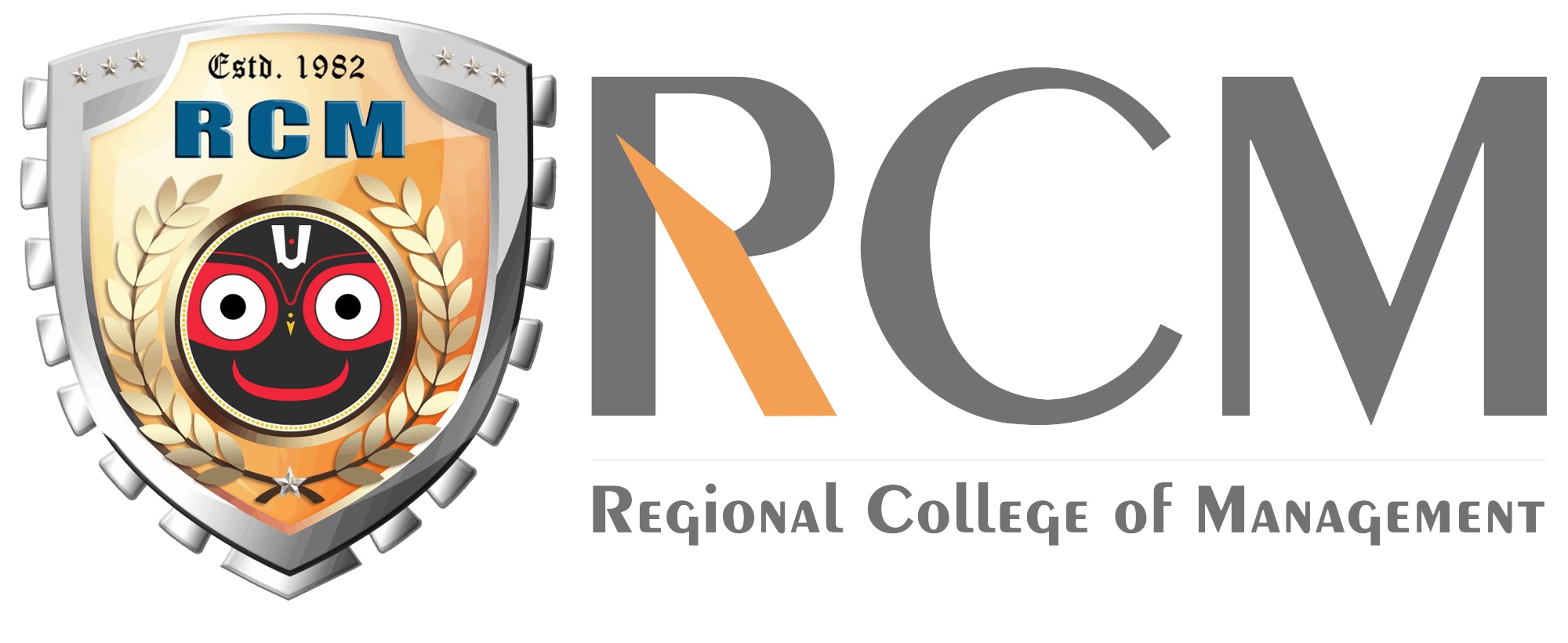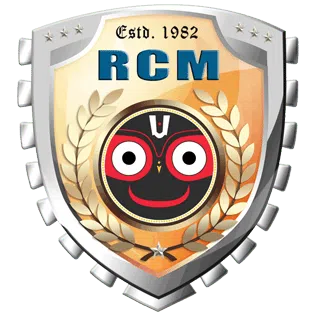Universities and businesses can now join forces to form a Research and Development (R&D) cluster at the state or federal level. This cluster will address the technology needs of the area. It will work in collaboration with the MSME/MHI (ministry of heavy industries)/department of Industries of state governments.
This cluster will also provide students with the necessary skill sets and prepare them for the workforce through internships. Additionally, the cluster might develop a technology-focused method to identify local issues. These projects could then be given to students so they could receive credit for them.
The University Grants Commission’s (UGC)The University Grants Commission (UGC) met on June 27, 2023, and approved the “Guidelines for Sustainable University-Industry Collaboration in Indian Universities.” They announced the guidelines on June 30 and invited public feedback. The UGC has directed higher educational institutions to boost R&D. They plan to do so by forming R&D clusters at the state or regional level through University-Industry (UI) linkages.
According to M Jagadesh Kumar, Chairperson, UGC, the National Educational Policy 2020 recommends vibrant UI linkage. They emphasize exposing students to real-life examples and making them globally competent.
“The guidelines will promote research and development through collaborations between universities and industries. Establishing the linkages between university and industry will help create training and apprenticeship opportunities. These will be in industries, R&D labs, and research organizations,” Kumar said.
The institution acting as the cluster leader may establish a regional R&D Advisory Committee. This committee will advise on the cluster’s R&D growth, as per the guidelines.
In addition to looking into funding options from various stakeholders, higher education institutions must establish an Industry Relations Cell (IRC). This will enable joint project creation between a university faculty group and an industry group. The industry has been asked to establish the University Relation Cell (URC) for addressing and meeting its R&D needs.
Both the IRC and URC have to come up with new technologies in the research labs. They also have to develop tailored programs for industry professionals. The guidelines mandate that credits assignment and distribution of internships will be as per UGC norms. They also include additional internships based on recommendations of students’ interest.
The varsities can appoint highly experienced industry professionals to governance bodies. They can also onboard professionals from the industry as ‘Professors of practice in accordance with the UGC guidelines. Kumar added that the guidelines shall promote research and development through collaborations between universities and industries.
It will also help develop skill sets among learners and make them industry-ready through internships. These include field/industry/on-job skills/vocational training/life skills. They aim to achieve the learning objectives and attain desired outcomes effectively.
Establishing the linkages between universities and academics will help create training and apprenticeship opportunities. These will be available in industries, R&D labs, and research organizations.
(Source: Times of India)
